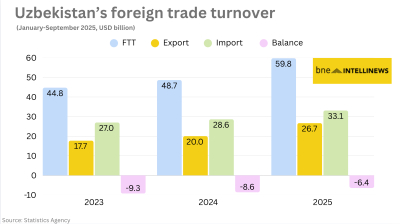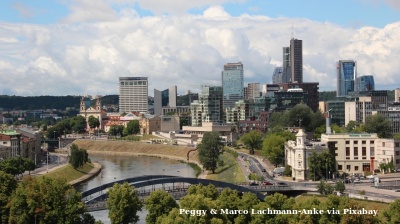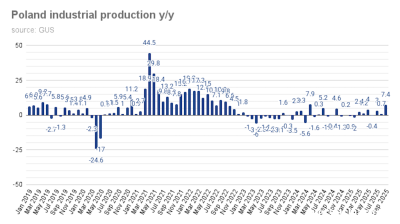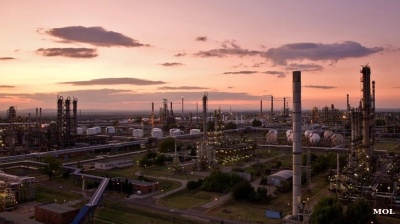Three Hungarian regions were among the 20 poorest in the EU, while Budapest's economic development stands out and is among the top, according to 2022 data from Eurostat cited by independent news website hvg.hu. Excluding the two underdeveloped French overseas territories, Mayotte and French Guiana, four Hungarian regions would be included in the group.
In 2022, real GDP increased in 231 out of 242 EU regions thanks to the rebound from the pandemic, while decreases were registered in 11 regions.
Two Portuguese regions had the largest growth in GDP last year, Algarve (17.0%) and Regiao Autonoma da Madeira (14.2%).
Two Bulgarian regions registered the highest decline (Yugoiztochen -3.1% and Severozapaden -1.7%), followed by Corse in France and Northern Hungary with -1.2% respectively.
In 2022, regional GDP per capita in terms of purchasing power standards (PPS) ranged from 30% of the EU average in Mayotte, an overseas region in France, to 286% in Southern Ireland.
Budapest stands out from the rest of Hungary in terms of economic development, as it accounts for 40% of the country’s GDP. Last year, per capita GDP was 158% of the average, or the 15th highest in the EU. In regional comparison, Prague was ranked ahead of Budapest with 207% of the EU average.
The four poorest Hungarian regions (Southern Great Plain, Northern Great Plain, Northern Hungary and Southern Transdanubia) had per capita GDP between 50-55% of the EU average.
Regions with the highest ranking were Central Hungary, or the area surrounding Budapest (65%) Western Transdanubia, the region closest to Austria (68%) and Central Transdanubia (71%), which includes major industrial hubs like Gyor, home of Audi and Esztergom where Japanese Suzuki has a manufacturing plant.
Poorer regions of the continent are slowly catching up, but the convergence in Hungary's most underdeveloped areas has been slow since 2010, despite the massive inflow of EU funds to the country.
According to Hvg.hu compilation, two statistical regions, Budapest and Central Transdanubia closed the gap at the biggest pace with the per capita GDP of the former rising from 144% to 158% and the latter from 57% to 71% between 2010 and 2022. The western part of Hungary followed a strange path in development: in 2010 it stood at 67% of the EU average, which rose to 76% in 2015, then fell back to 67% in 2022.
Data

Uzbekistan’s nine-month foreign trade nears $60bn
Export growth of 33% and import expansion of 16% y/y produce $6.4bn deficit.

Hungary’s central bank leaves rates unchanged
National Bank of Hungary expects inflation to fall back into the tolerance band by early 2026, with the 3% target sustainably achievable in early 2027 under the current strict policy settings.

Germany slowdown weighs on Lithuania’s export-driven manufacturing sector
Lithuania’s economy remains highly sensitive to the industrial cycle in Germany, its third largest trade partner.

Chobani yoghurt king Hamdi Ulukaya becomes richest Turk
Knocks Murat Ulker into second place in Forbes ranking as his company's valuation leaps to $20bn.



